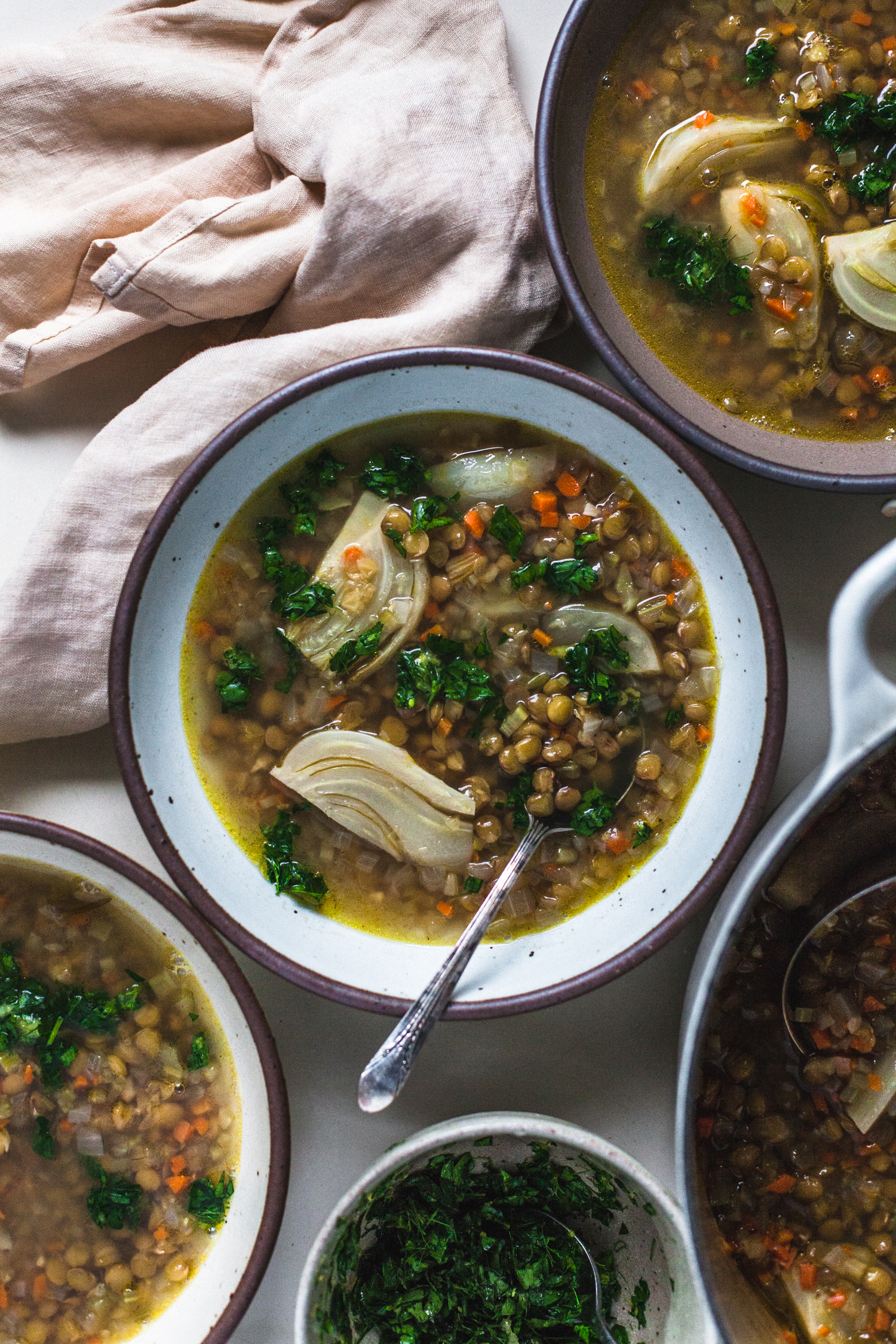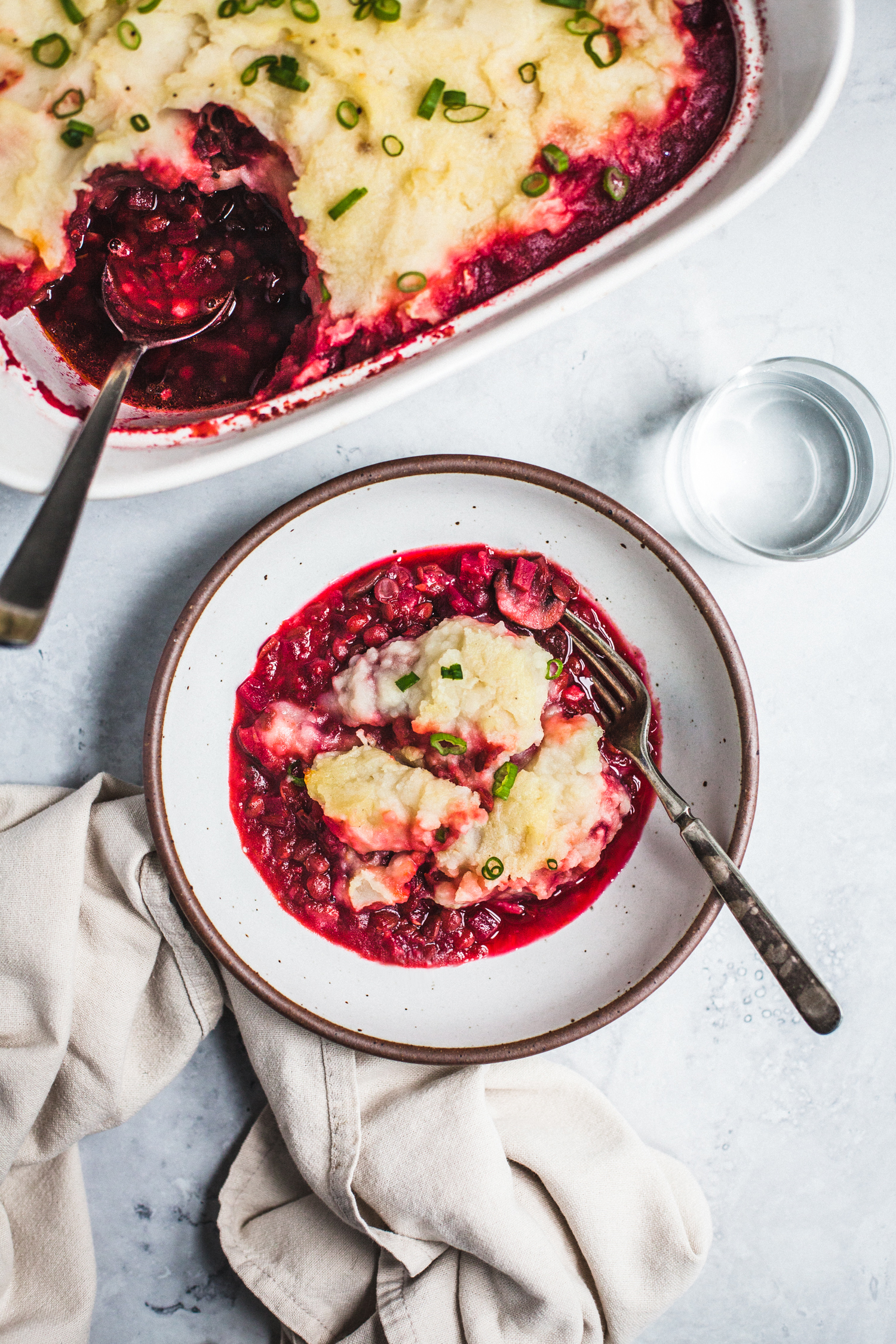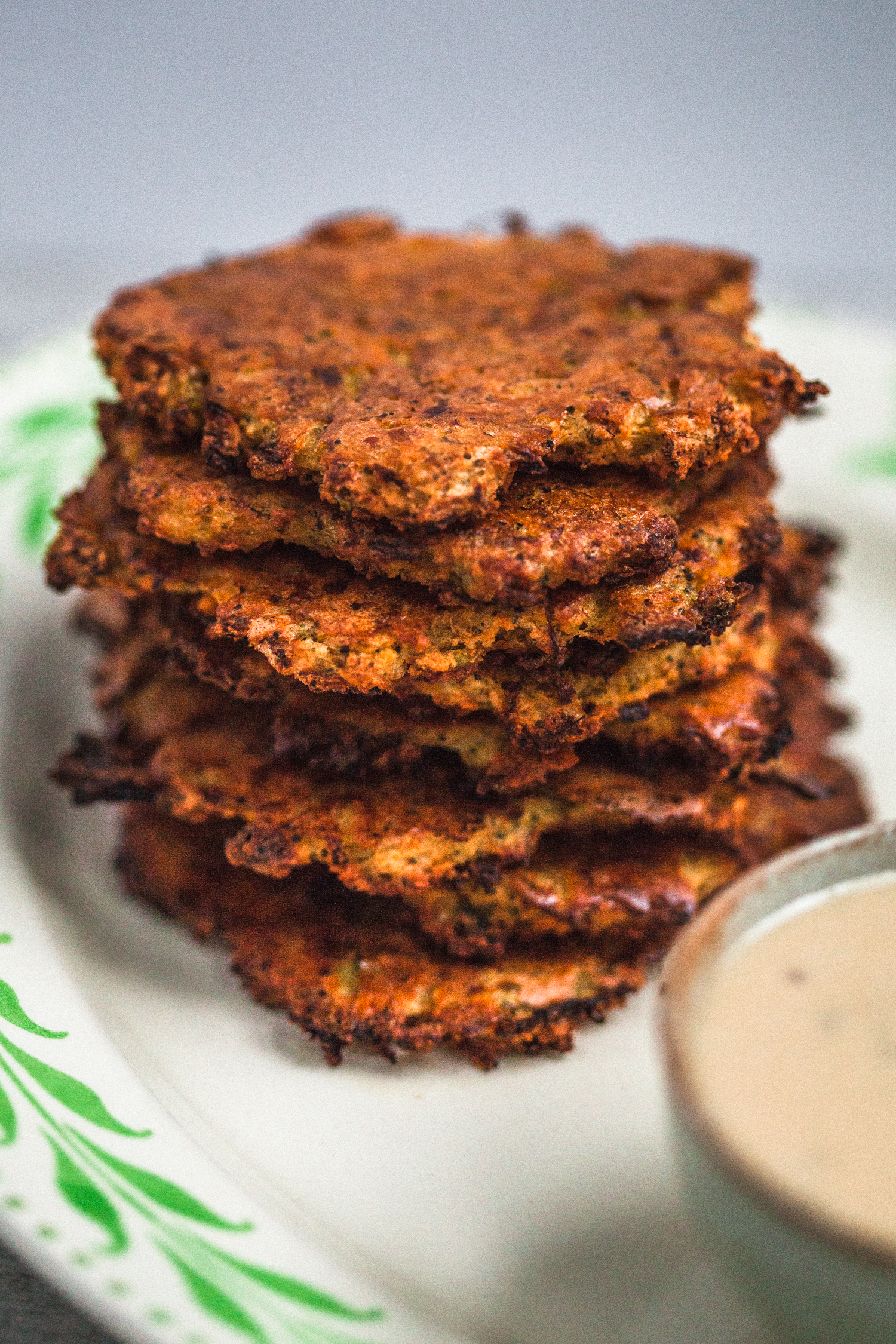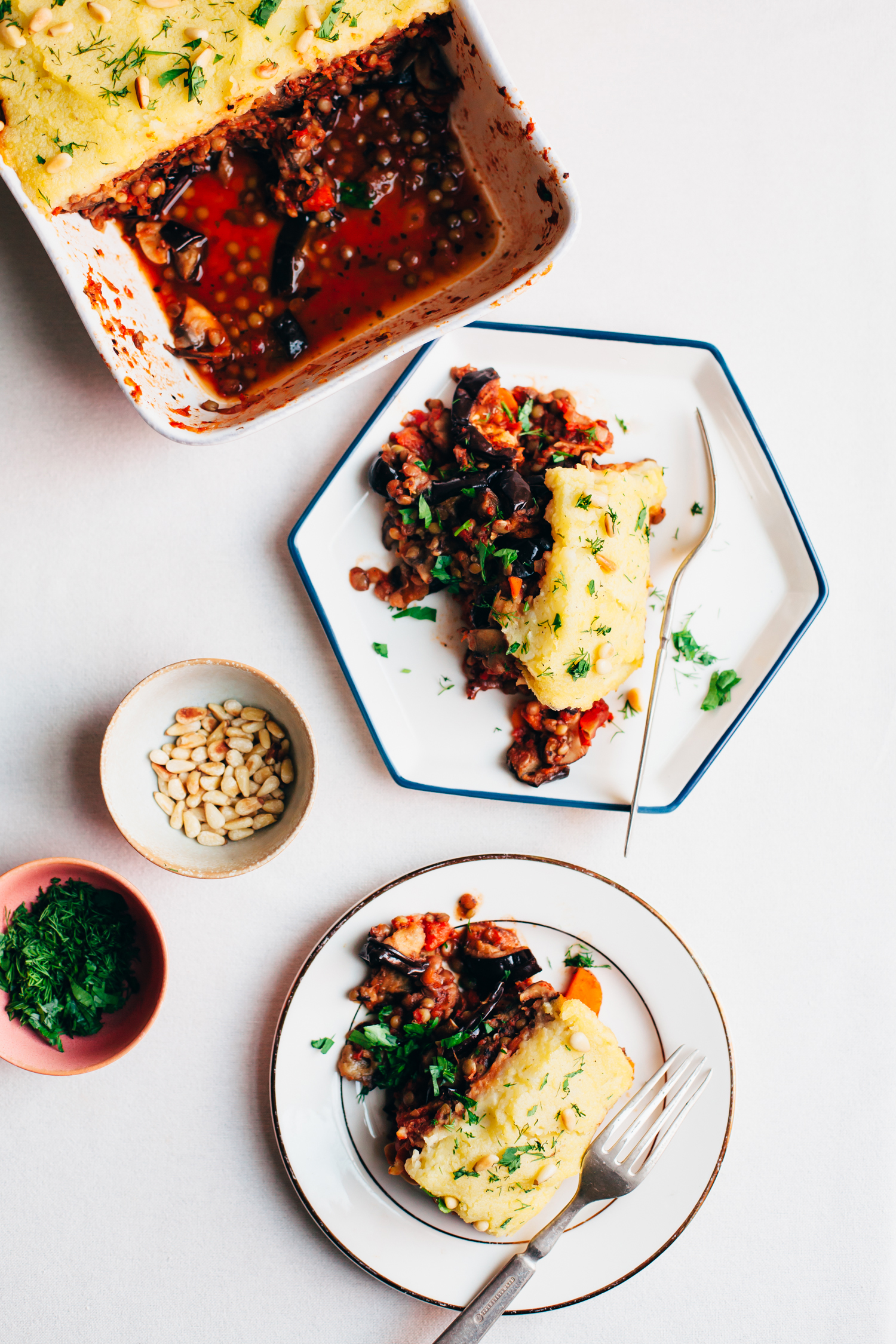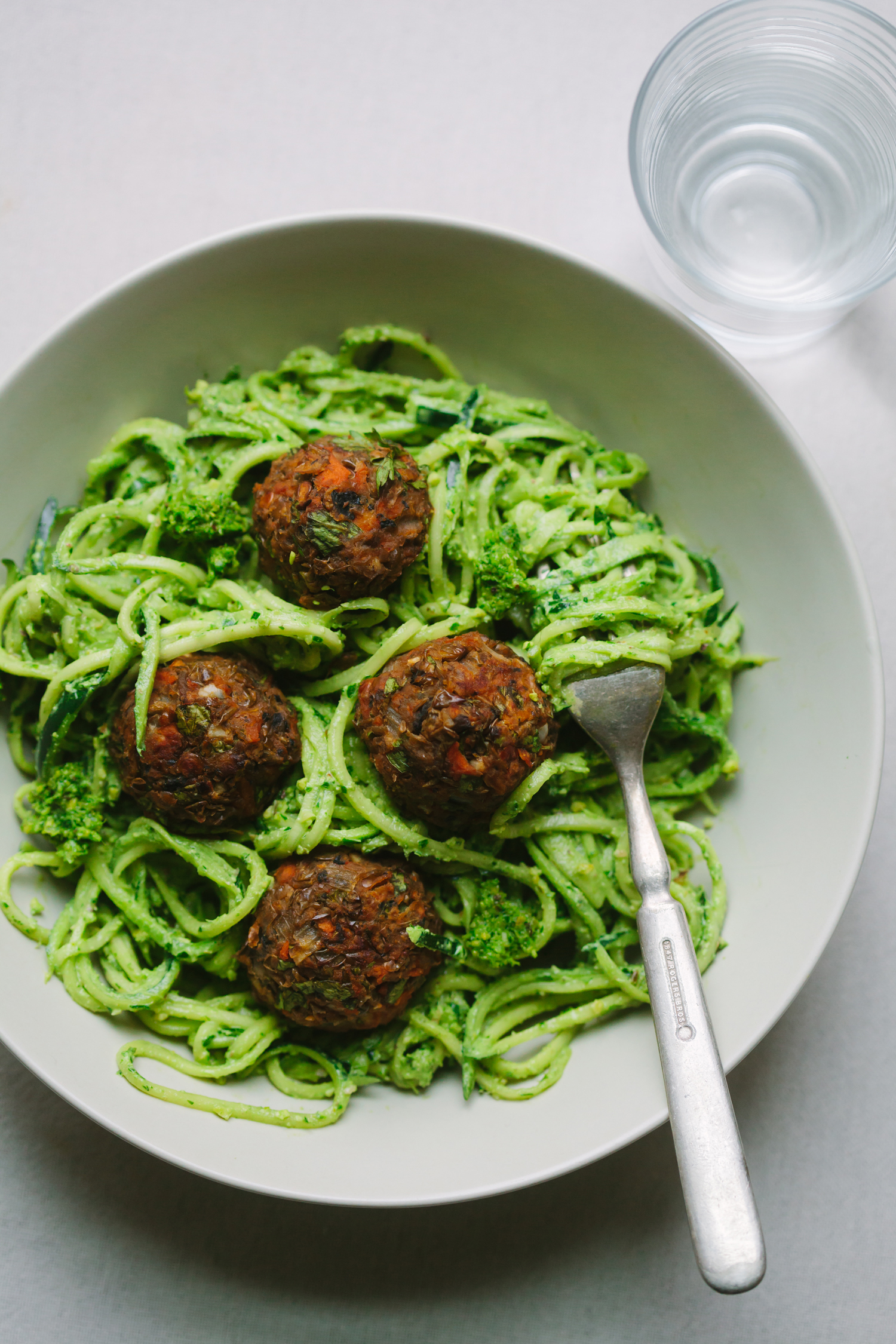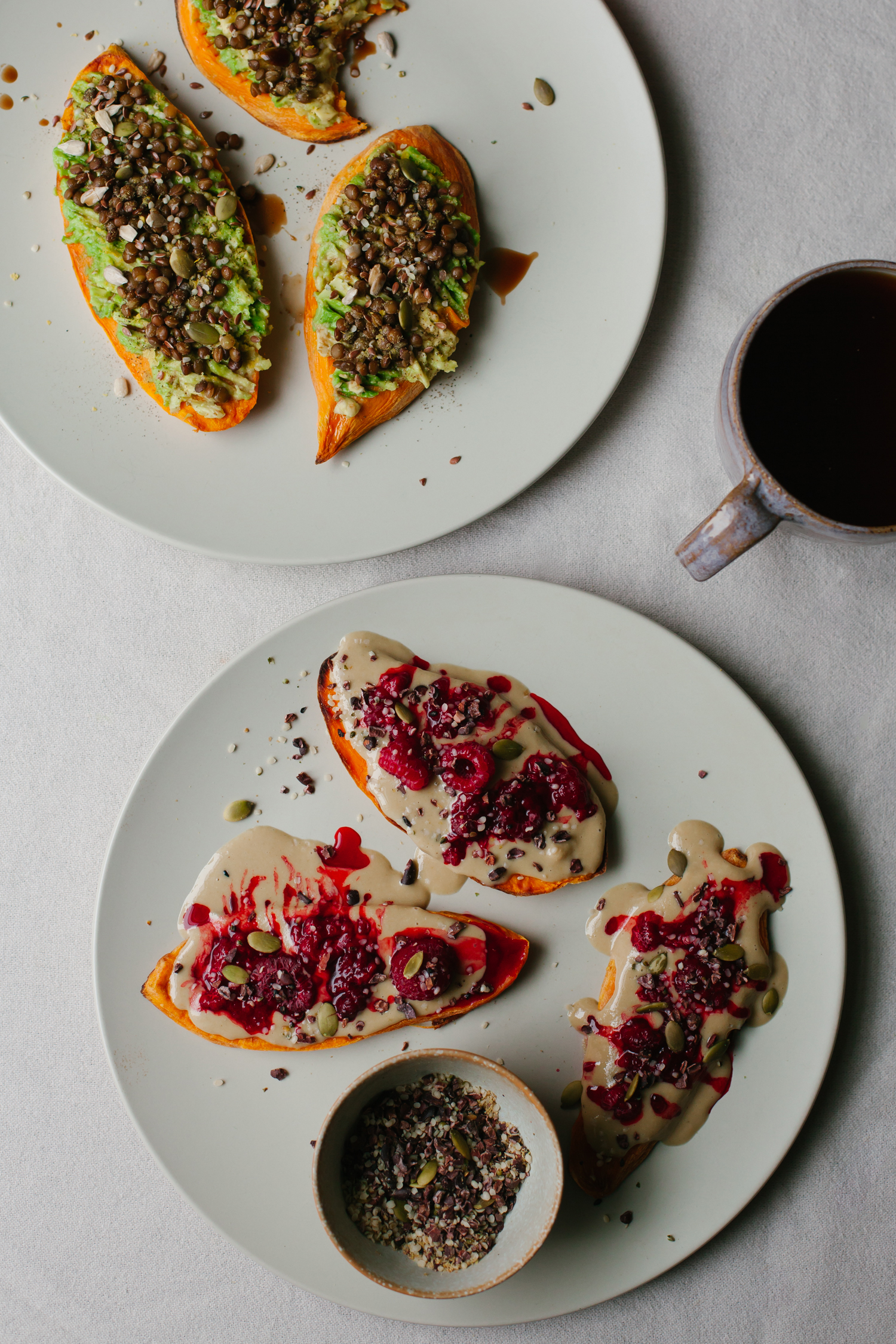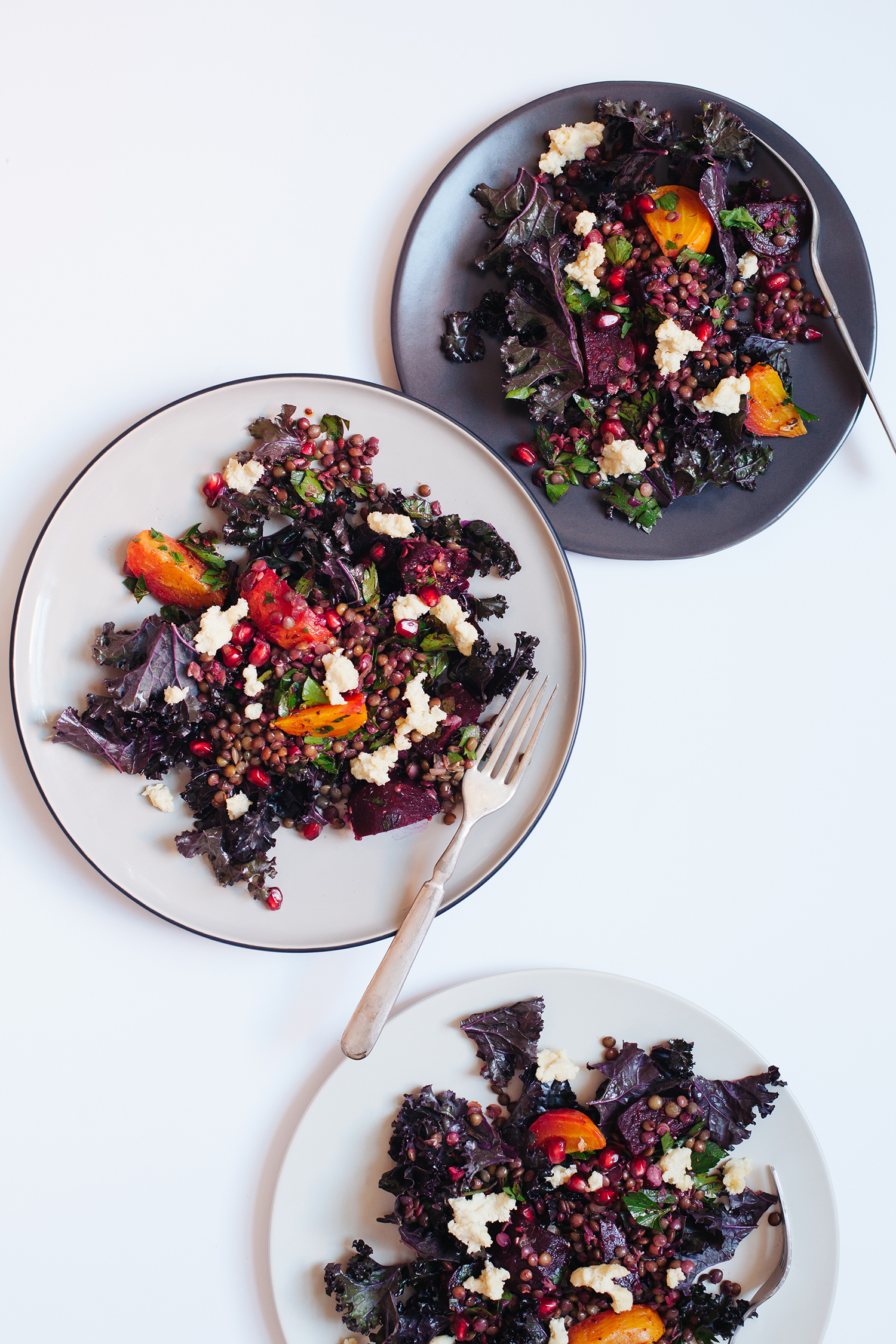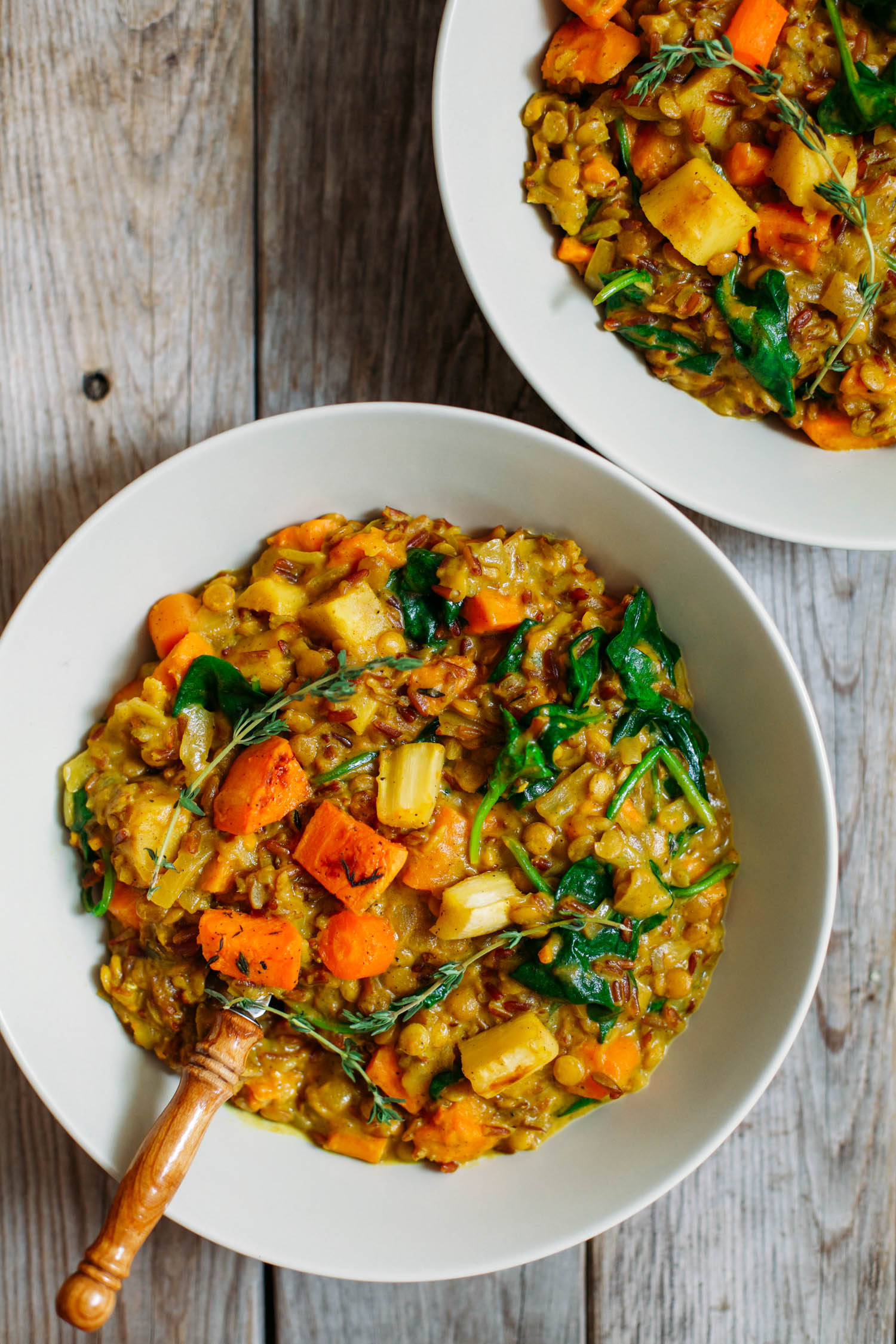Lentils Recipes Recipes
20
Carrot and Lentil Salad
by Masha
Read Recipe
Fennel and Lentil Soup with Gremolata
by Masha
Read Recipe
Beet Shepherd’s Pie with Balsamic, Lentils, and Mushrooms
by Masha
Read Recipe
Baked Red Lentil & Vegetable Fritters with Maple Mustard Sauce
by Masha
Read Recipe
Gazpacho with Spicy Red Lentils
by Anya
Read Recipe
Potato, Lentil, and Zucchini Salad
by Masha
Read Recipe
The Simplest Lentil Soup from Abruzzo
by Anya
Read Recipe
One Pan Brussels Sprout and Red Lentil Pie with a Root Vegetable Crust
by Anya
Read Recipe
Vegan Lentil Moussaka
by Anya
Read Recipe
Fennel Marinated Zucchini and Mung Beans
by Anya
Read Recipe
Red Lentil Gazpacho
by Anya
Read Recipe
Italian-Style Lentil and Mushroom (Not)Meatballs from Pantry to Plate
by Anya
Read Recipe
Sweet Potato Toast, Two Ways
by Anya
Read Recipe
Kale Salad with Marinated Beets, Lentils and Almond Cheese
by Anya
Read Recipe
Spice-Roasted Carrots with Lentils from Modern Potluck (& a Giveaway)
by Masha
Read Recipe
Squash Noodle Soup with Healing Turmeric-Ginger Broth, Roasted Carrots and Beluga Lentils
by Anya
Read Recipe
Roasted Root Vegetable, Red Rice and Lentil Stew
by Anya
Read Recipe
Ethiopian Injera with Mustard Lentils and Braised Cabbage
by Anya
Read Recipe
Shaved Brussels Sprout, Pomegranate and Lentil Salad
by Anya
Read Recipe
Lentil Soup
by Anya
Read Recipe


